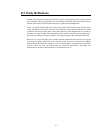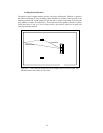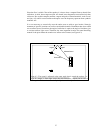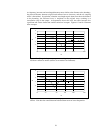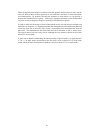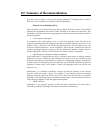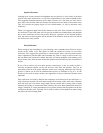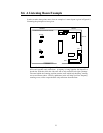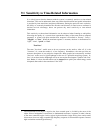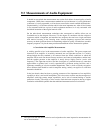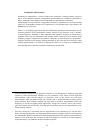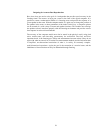32
Speaker Placement
Although your Avalon Acoustics loudspeakers may be placed in a wide variety of positions
relative to the walls of the room, it is still wise to experiment a bit to achieve optimal results.
The suggested minimum distances for the Opus Ceramic are 3 feet from one wall (side or
rear), and 5 feet from the other (all distances are measured to the center of the woofer cone).
This will provide the proper degree of bass reinforcement, as well as minimize early
reflections.
There is no suggested upper limit for the distances to the walls. Even a distance of 10 feet to
one wall and 15 feet to the other wall will provide suitable bass reinforcement, and problems
due to early reflections will be non-existent. However, regardless of the absolute numbers
used, the most even bass response will be attained if the distances from the side wall and the
rear wall are not overly similar.
Early Reflections
When arranging the furnishings in your listening room, remember that reflective objects
should not be within a five foot radius of either the speaker or listener to avoid early
reflections. This suggests the possibility of a dual-purpose room, with one end devoted to
music reproduction, and the other end for another use, such as a study or office. In this way,
the area behind the listener will contain items that will reduce problems with standing waves
and/or flutter echo, while the zone around the speakers remains relatively free from reflective
objects.
If you wish to achieve an even more spacious sound-stage, it may be useful to place a
sonically absorbent material on the side and rear walls near the speakers. This can be
particularly effective at the points where the sound wave is directly reflected to the listening
position (a mirror can be used to determine these points, as illustrated in Fig. 8.2). As the
distance to the wall becomes smaller, the suppression of these reflections becomes more
important.
Early reflections will tend to diminish the soundstage in the direction of the reflections, i.e.
early reflections from the side walls tend to reduce sound-stage width, while early reflections
from the back wall will reduce image depth. We have found that a strong sense of depth
enhances the feeling of involvement when listening, due to the three-dimensional solidity of
images. Therefore, it is more important to have a greater distance from the speakers to the rear
wall than to the sides walls. Typically, this is easier to achieve if the speakers are placed along
the short wall of the listening room.




